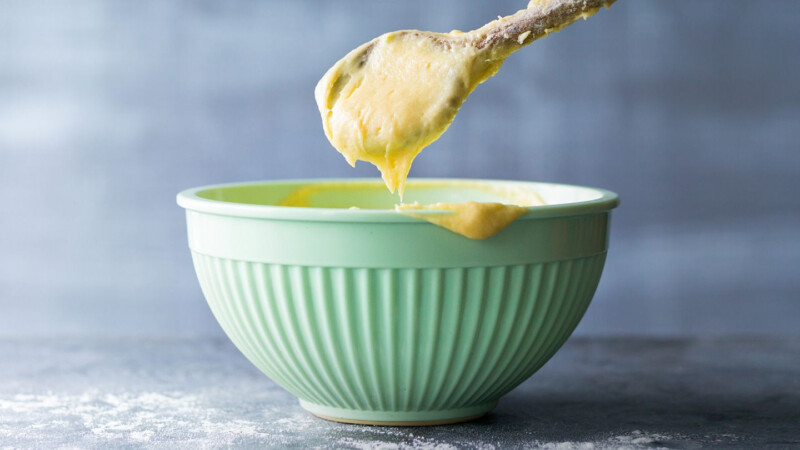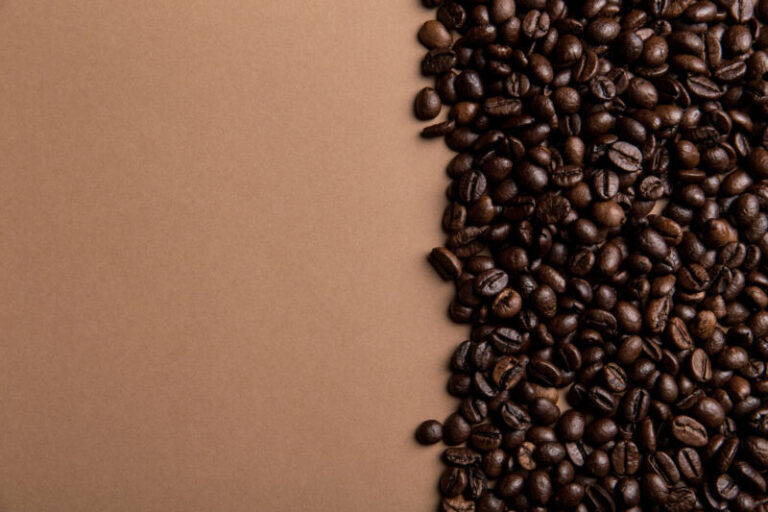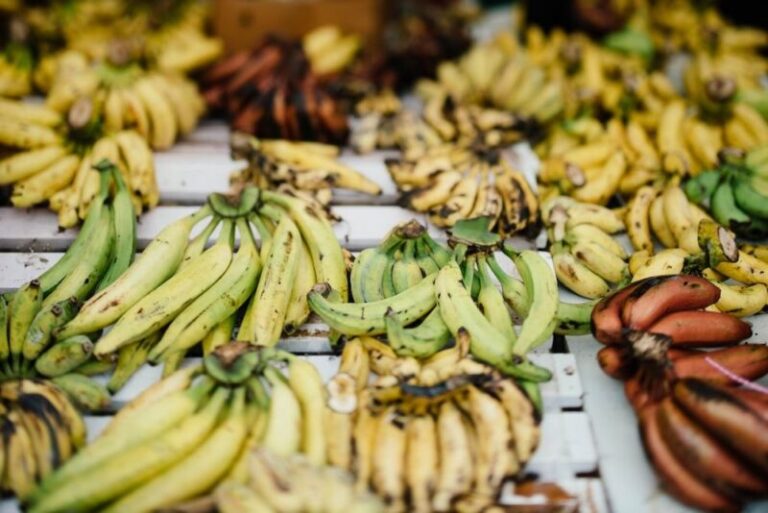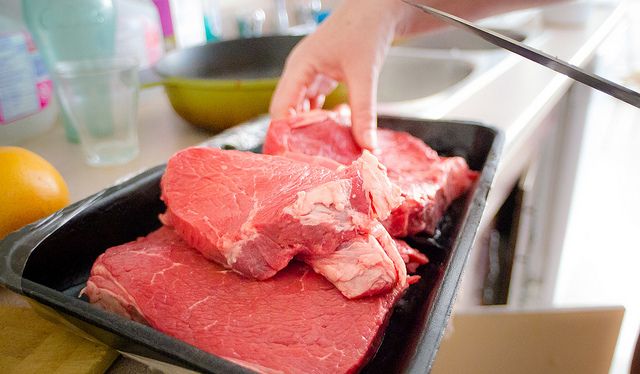Can You Freeze Cake Batter? A Comprehensive Guide
Have you ever made too much cake batter and didn’t know what to do with the leftovers? Or wanted to get a head start on baking for an event by preparing the batter in advance? Freezing cake batter can be a handy solution for these situations. But there are some important factors to consider before freezing cake batter to ensure it bakes up properly.
In this comprehensive guide, I will cover everything you need to know about freezing cake batter, from the types of batters that freeze well to step-by-step instructions on freezing methods. I’ll also provide tips on how long frozen cake batter lasts, how to defrost it properly, and what to expect when baking a cake from frozen batter.
Which Types of Cake Batters Can Be Frozen?
The good news is most basic cake batters can be successfully frozen. Here are some specifics on which batter types freeze well:
- Cake batters containing oil or butter – These batters, like chocolate cake, carrot cake, and classic yellow or vanilla cake, freeze very well. The fat helps maintain the batter’s structure and keep it stable in the freezer. These cakes also retain their flavors beautifully.
- Cake batters leavened with baking powder or soda – Batters that rise from chemical leaveners like baking powder or baking soda freeze nicely. Examples are vanilla, chocolate, and spice cakes.
- Fruit or vegetable-based batters – Carrot cake, pumpkin cake, zucchini cake, and other veggie batters freeze well thanks to their low moisture content. The freeze-thaw process doesn’t negatively impact the texture.
- Stiff, creamed butter batters – Batters where butter is creamed with sugar first before adding other ingredients, like pound cakes and butter cakes, hold their shape well when frozen.
Batters That Don’t Freeze Well
On the other hand, some cake batters don’t hold up as well in the freezer:
- Egg white-leavened batters – Delicate cakes like angel food cake and chiffon cakes don’t freeze well. The egg white foam structure collapses.
- High moisture batters – Very soft, moist batters like tres leches cake tend to weep liquid when frozen and thaw into a mushy mess.
- Fragile fruit batters – Batter with fresh, delicate fruit like strawberries or raspberries break down with freezing.
- Whipped cream batters – Cakes with whipped cream, like Boston cream pie, get watery and soft when frozen.
So for best results, stick with baking staple batters that are oil- or butter-based and contain minimal moisture.
How to Freeze Cake Batter
Freezing cake batter is simple but there are some techniques I recommend depending on your plans for the batter. Here are four freezing methods based on common situations:
1. Freezing Unportioned Batter for Later Use
If you’ve made batter but are unsure what you’ll bake it into, here’s how to freeze it in bulk:
- Label a freezer bag – Write the date and cake batter type on a quart or gallon freezer bag so you know what’s inside.
- Portion into bags – Scoop the prepared batter into the bags, leaving about 1 inch of headspace at the top for expansion as it freezes.
- Remove air and seal – Squeeze out excess air and seal the bags tightly. This prevents freezer burn.
- Freeze upright – Stand the bags of batter upright in your freezer until solidly frozen. This keeps the batter even and prevents spills.
Once frozen solid, you can lay the bags flat to stack and store.
2. Freezing Batter in Cupcake Liners
For cupcake and muffin batter, freeze batter-filled liners on a tray before bagging:
- Fill liners – Prepare your cupcake or muffin tins with liners and use a scoop or ladle to evenly fill the liners about 2/3 full with batter.
- Freeze solid – Carefully place the tins in the freezer until the batter in the liners is completely frozen, at least overnight.
- Remove from tin – Take the solid frozen cupcakes out of the tin and liners.
- Store in bags – Place the frozen cupcakes in freezer bags labeled with the date and flavor.
3. Freezing Batter Baked In Cake Pans
For larger cakes like 8 or 9-inch rounds or loaf cakes, freeze the batter right in the baking pan:
- Prepare pan – Coat the cake pan with nonstick spray or shortening. Line the bottom with parchment for easy removal if desired.
- Fill with batter – Pour or scoop the prepared batter into the pan and smooth the top evenly.
- Freeze solid – Carefully place the filled pan in the freezer. Allow it to freeze completely, 12-24 hours.
- Cover pan – Once frozen, wrap the exposed sides and top tightly with plastic wrap and foil. This prevents freezer burn.
- Label and store – Date and label the foil-wrapped frozen cake pan before returning to the freezer.
4. Freezing Batter for Same Day Baking
If you only need to store the batter briefly until you’re ready to bake, here’s a quicker method:
- Fill baking pan – Grease your baking pan and pour in the prepared cake batter as usual.
- Quick freeze – Place the batter-filled pan in the freezer, ideally for 4-6 hours. You want it completely solid.
- Transfer to oven – Take the frozen batter straight from the freezer to the oven, adding a few extra minutes to the bake time.
This technique also works for cupcakes, muffins, and quick bread batters. Simply pour into liners or pans, quick freeze, then bake frozen.
How Long Can You Freeze Cake Batter?
Properly stored cake batter that’s double wrapped or in an airtight bag will keep for:
- 1-2 months in a home freezer
- 2-3 months in a deep freezer
However, for best flavor and texture, I recommend using frozen cake batter within 1 week of freezing.
Batters made with fresh produce like fruit or vegetables don’t last as long. Use those within 2-4 weeks for optimal freshness.
If you’ve used any specialty ingredients like extracts, liquor, or rare baking components, the freezer shelf life may be shorter too.
Handy Tips for Freezing Cake Batter
Beyond the basic freezing methods, here are some additional tips for successfully freezing cake batter:
- Allow headspace in containers – Batter expands as it freezes so leave an inch or so at the top of containers or bags.
- Mix well before freezing – Give the batter a good stir to fully incorporate ingredients. It’s harder to mix once frozen and thawed.
- Freeze cakes in pans for easy removal – Unique shaped or bundt cakes are easiest to remove from the pan after baking if you freeze batter directly in the pan.
- Store bags upright and stack neatly – Prevent batter spills and freezer mess by standing bags upright and stacking in bins after they’re frozen solid.
How to Thaw Frozen Cake Batter
It’s tempting to leave frozen batter on the counter to quickly thaw before baking. Resist the urge! This often creates a soupy, uneven mess.
For best results, use one of these methods:
- Refrigerator thaw – The night before baking, place the frozen batter in the refrigerator. This allows it to gently thaw over 8-12 hours.
- Cold water bath – For quick thawing, put the batter container or bag in a large bowl of cold tap water, changing the water every 30 minutes. Takes 2-3 hours.
- Microwave – If absolutely needed, zap the batter in 10-second intervals, stirring between each. Watch closely to prevent overheating.
Always stir or remix thawed batter well before baking to evenly distribute ingredients and avoid density pockets. Pour into prepared pans and bake as usual, adding a couple extra minutes of bake time if needed.
What to Expect When Baking With Frozen Cake Batter
Don’t expect perfectly identical results between fresh baked and frozen baked cakes, but they can be quite close with the right handling.
Here’s what you may notice when baking with previously frozen cake batter:
- Shorter rise – Cakes may dome a little less or have a more dense crumb since the batter wasn’t freshly whipped.
- Slightly drier texture – Freezer burn or moisture loss can make some frozen cakes turn out a bit drier. Brush with syrup after baking to boost moisture.
- More dense crumb – Without the initial rise during mixing, some batters bake up denser. Allow an extra 5 minutes of baking time.
- Less tender crumb – Freezing can firm up the texture slightly in more delicate cakes. Add an extra egg or tbsp of oil to improve tenderness.
- Muting of flavors – Subtle flavors like almond, lemon, and ginger may need a slighly heavier hand after freezing. Increase extracts or spices.
Don’t let this put you off though. While not identical, cakes baked from properly frozen batter can absolutely still be delicious.
Conclusion
I hope this guide has shed light on freezing cake batter and given you confidence to use this handy trick for batch baking or getting a jump start on special event cakes.
The keys for success are choosing a sturdy batter style, freezing with care to prevent ice crystals or damage, allowing proper thaw time, and making slight recipe adjustments as needed.
With the right methods, freezing cake batter can be a big time saver and open up creative possibilities in your home baking. Don’t be afraid to experiment and find what works for your favorite cakes! Let me know if you have any other frozen batter tips or tricks.






